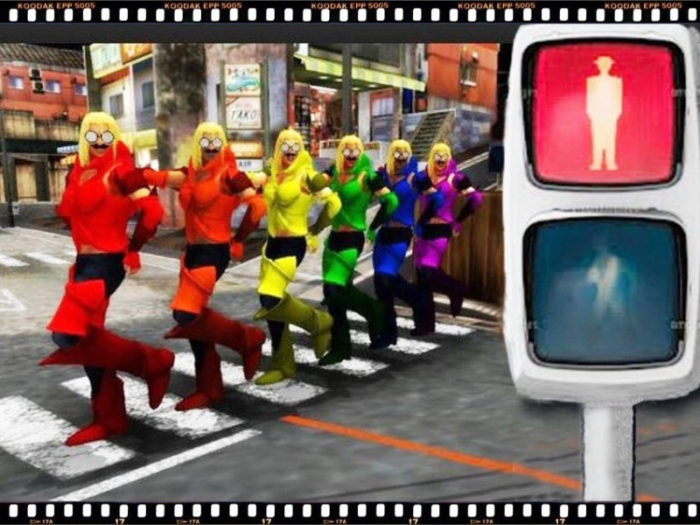Published in the Nikkei Asian Review 9/5/2018
According to the multi-talented Japanese comedian and cinéaste Beat Takeshi, “crossing on a red light is not scary when everyone does it together.”
A case in point is Japan’s ongoing mergers and acquisition boom. The deals are coming thick and fast. 237-year old drug-maker Takeda Pharmaceutical’s $63 billion bid for the Dublin-based Shire – founded in 1986 and with a market capitalization of just $320 million at the turn of the century – is the latest example.
Whether any single takeover is value creating or not can only be established long after the event. Yet there are some disturbing elements to the phenomenon as a whole that should be raising red flags.
The background is Japan’s lack of a domestic M&A culture. According to Mergermarkets, a financial research company, in 2017 the total value of deals within Japan (including both foreign acquisitions of Japanese companies and Japanese acquisitions of Japanese companies) was just $40bn, which is 5% of the comparable number for Europe and half the level of activity in the Latin American region.
In most economically developed countries, outbound “in-out” M&A deals are balanced with inbound “out-in” deals and, more importantly, overshadowed by purely domestic “in-in” deals. In Japan that is far from the case. Mergermarket’s numbers for the first quarter of 2018 have the value of Japan’s “in-out” deals at $19 billion versus $1 billion for “out-in” deals and $ 9 billion for “in-in deals.”
In contrast in Europe and the United States, the “in-out” and “out-in” deals flows are of similar magnitudes and both are dwarfed by “in-in” domestic transactions. Even in the Asia-Pacific region excluding Japan, total “in-in” transaction value in 2017 was six times greater than for “in-out” deals.
Why does Japan’s lopsided deal-flow matter? Firstly, because corporate managements with long experience in deal-making are less likely to make disastrous mistakes. It goes without saying that in M&A deals the sellers have a vast information advantage over the buyers. In theory, due diligence checks are supposed to close the gap, but in reality the fee-earning advisors and researchers who provide these services lack what writer Nassim Nicholas Taleb calls “skin in the game,” meaning in this case sharing in the downside risk.
For them, a deal of any sort is much better than no deal, as may also be the case for empire-building CEOs whose remuneration is likely to rise with the scale of the business they control. The downside risk is held by the shareholders of the acquirer and the ordinary employees of both companies, who may lose their livelihoods in the worst case.
Better information comes from the detailed knowledge of a seller that a buyer possesses through long years of competing in the same industry and in the same country – which should give a clear picture of the target’s strengths and weaknesses and the regulatory background and accounting conventions. Globally, many of the companies that have been most successful in cross-border M&A began by acquiring domestic competitors and creating dominant positions in their own markets.
Which leads to the second point: many industries in Japan are in dire need of consolidation. Pharmaceuticals happens to be one of them. Takeda might be considered subscale in the global context, but the Japanese pharmaceutical industry itself is anything but. Whereas most European countries have two or three “Big Pharma” companies and, sometimes, a plethora of small biotech specialists, Japan has more than twenty long-established listed companies in the sector, as well as several large food and chemical companies with significant drug development operations. The diffuse structure is found in many other sectors.
The best value, most logical acquisitions for Japanese companies lie within Japan. The idea that companies need to purchase overseas assets in order to grow is seductive, but wrong-headed and can lead to gross overpaying in deals. Just as high growth stocks do not necessarily produce the best investment returns, so faster growing economies do not necessarily generate the best profits. Higher growth means higher costs and greater capital commitments and, often, more volatility.
Japanese cross-border M&A has had a checkered history. There have been some notable successes – such as Bridgestone’s 1988 purchase of Firestone, Mitsubishi UFJ Bank’s purchase of a stake in Morgan Stanley during the global finance crisis and air-conditioning manufacturer Daikin’s acquisition of Goodman Global in 2012.
Nidec, a manufacturer of precision motors for autos and computer peripherals, has grown into the major global player in its niche thanks to more than 40 acquisitions of troubled companies– initially in Japan, then more recently overseas – made by its charismatic founder and boss, Shigenobu Nagamori.
On the other hand, there have been several gruesome failures – pharma company Daiichi Sankyo with Indian generic specialist Ranbaxy, Japan Post with Australian logistics outfit Toll Brothers, Nomura with what remained of Lehman Brothers Europe. Toshiba was almost sunk by its purchase of nuclear plant engineer Westinghouse from the British government
Insofar as any lessons can be drawn from all this, it seems that buying manufacturers works better for Japanese companies than buying people businesses; that acquiring cheaply in distressed circumstances works better than paying top dollar when the good times are rolling; that a coherent long-term strategy is a better guide than the blandishments of self-interested intermediaries; that, as with Nidec, success begins at home.
